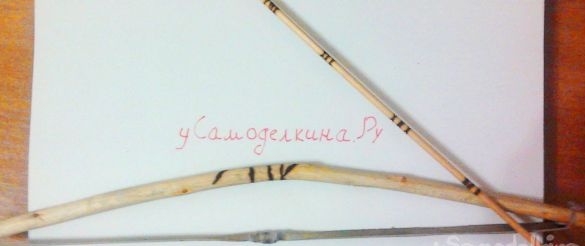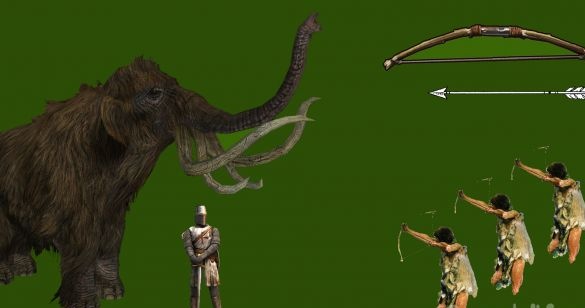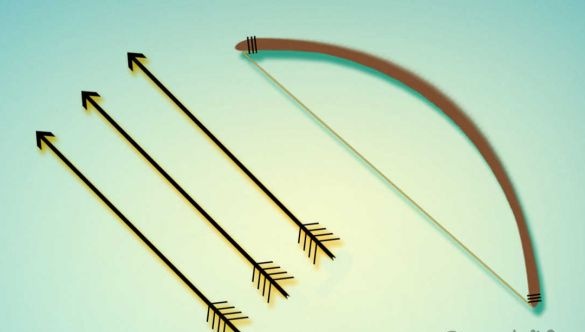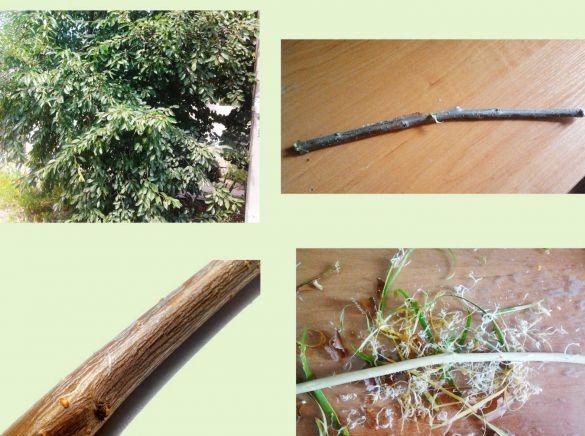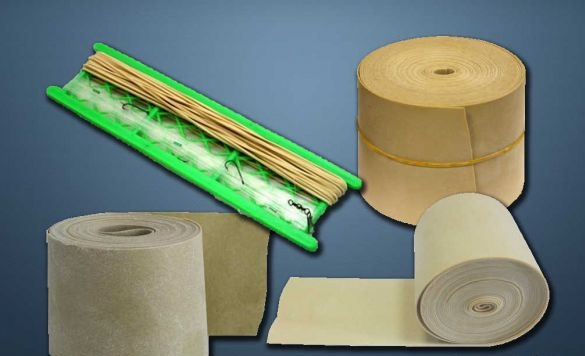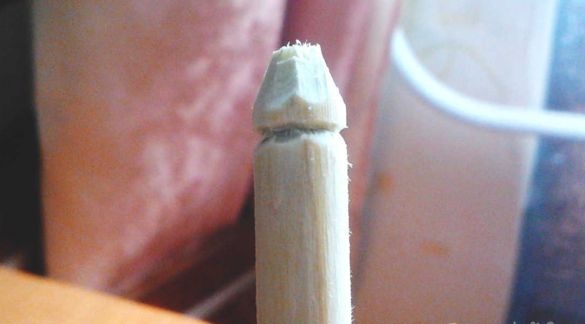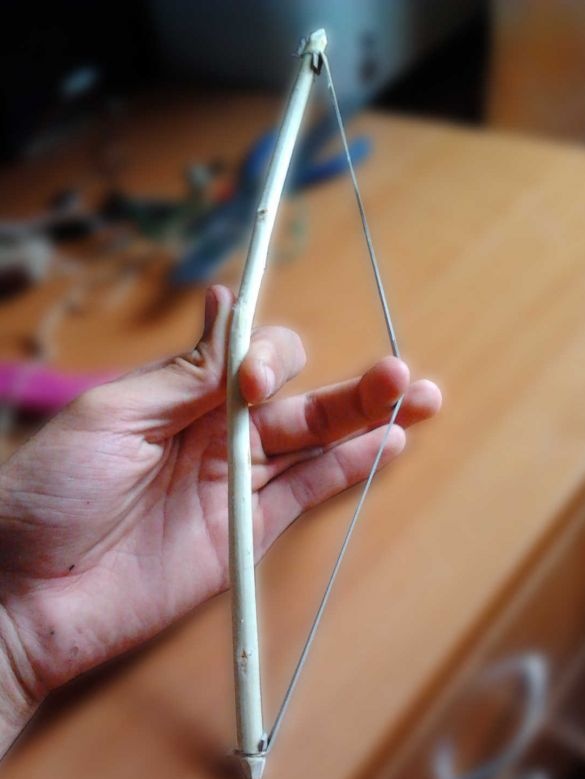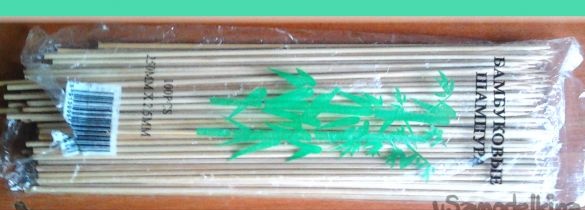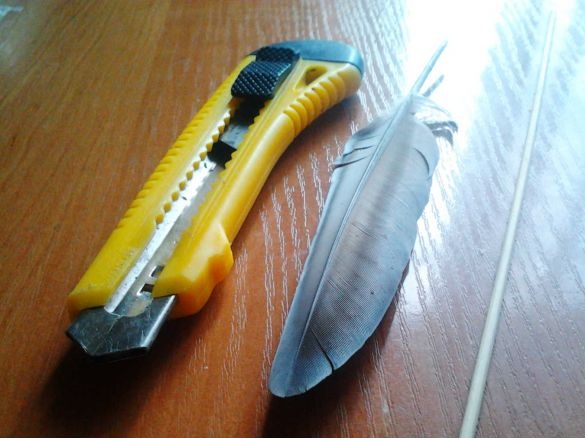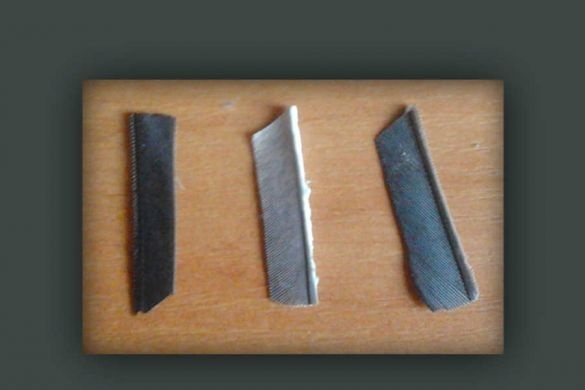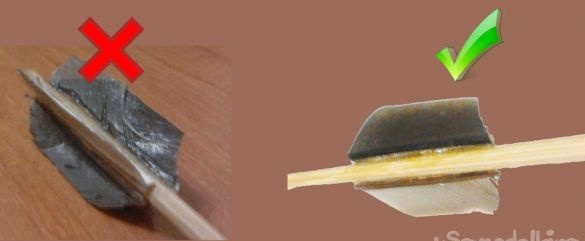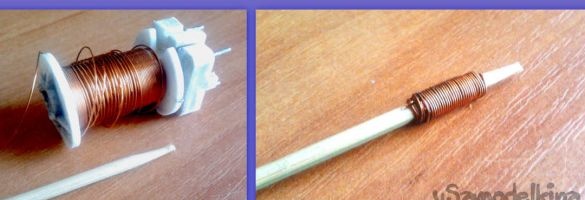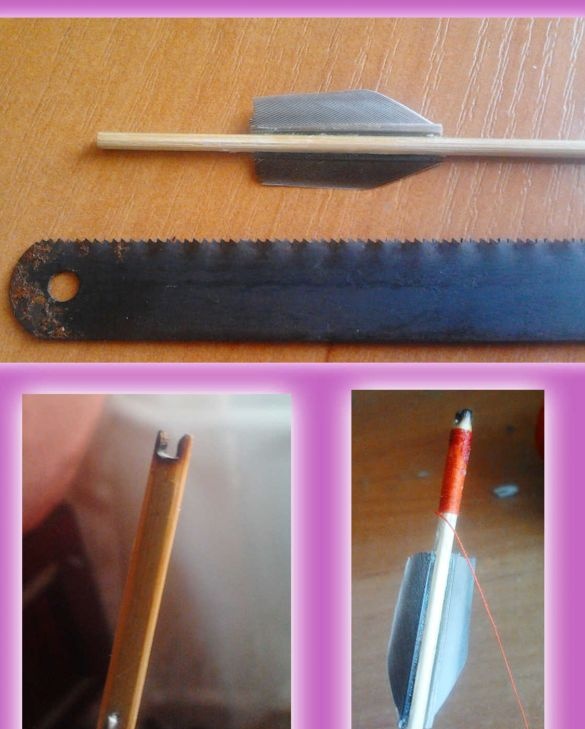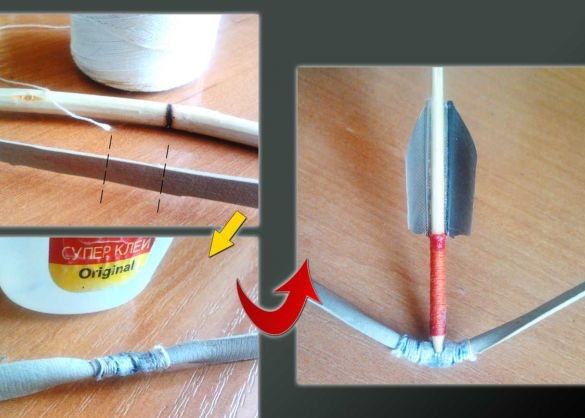At the word bow, which is used to designate throwing weapons, we imagine medieval archers shooting at knights on horseback protected by armor and chain mail or ancient people hunting a huge mammoth - everyone has different ways. The bow was invented a very long time and no one knows the exact date. Its basis is the arc between the shoulders of which the bowstring is pulled, when it is pulled, energy is accumulated, which is transmitted to the arrow that flies.
We will make onions that will work a little differently (approximately, like a slingshot). The energy from pulling a rubber bowstring will be stored right in it, and the wooden base will remain unbendable.
The size of the onion will be very small, approximately like the palm of an adult. The main part is made of any tree that is available to you and its branch fits in shape. I chose a cherry on a tree that I found and cut a branch of about the same thickness with a slight bend. Despite the fact that the used stick has a small diameter, it easily withstands loads due to its flexibility. For better aesthetics, we remove the bark and the onion becomes snow-white.
The most important thing in our bow is the bowstring. Silk, leather, linen are used as her usual bows. But with us this is something viscous made of rubber. Rubber should stretch well, but not very much. Do not use the bicycle camera - you will get weak shit. I recommend using fishing gum for fishing, folded in several layers or a medical rubber bandage / tourniquet - they are especially good. I cut a small piece of 13.5 cm long and about 0.9 cm wide. Such material stretches very well, has a grayish-yellow color and is often made of high-quality synthetic rubber.
We proceed to fixation on the bow bow of a bowstring. First we make the seats with a knife in order to better fix the rubber.
We attach one end of a piece of rubber bandage to the end of the shoulder of the bow, as in the photo and fasten it with a thread or a copper wire, as you can see, on this bow he was tied with kapron thread. Also do with the other end.
That's it - the onion is ready to go.
In order to shoot from a bow you need to have something to shoot with, we will quickly make arrows.We buy a set of sticks from bamboo (they are called bamboo skewers, in a pack of 100 pieces) and look for a few feathers that fell from the bird on the street, well, or we catch a dove and rip it off)) You can also pick a stick for an arrow from a tree, look with an even shaft. For an arrow to fly far, not only the power given to it is needed, but also stabilization, then it will fly evenly, and you can hit the target exactly, without the feathers the arrow flies only the first few meters relatively evenly, and then chaotic twisting and abrupt change begin trajectories.
Now we will make the projectile stabilize in flight.
With a clerical knife, we make miniature grooves on three or two sides of the stick-arrow.
Cut out from the feathers of such a shape (or another!) The stabilizing elements with the base down. Before manufacturing stabilizers, we look in which direction the barbs are directed and fasten so that they are against the tip and look at the opposite part (shank). Now feathers will not quickly resolve from air resistance.
Pour a little super-glue into the grooves and put stabilizers with the rod down in them. To keep everything even better, then we tie it all with a thread (optional). I got a stabilizer with two feathers.
In no case do not wet the plumage with glue, otherwise it will become hard and break in the process. But we need the feathers to be as usual and to remain the same when hitting, because the arrow is flying to very different places.
The front end of the boom should be slightly heavier. It is possible to make a sharp tip and then shoot at targets in which the arrow will easily get stuck or just wrap a little steel / copper wire, it will be better if you are going to just shoot up.
For the convenience of shooting, you need to make a groove so that the bowstring-elastic comes into it and with our fingers we take up the arrow itself (we make it with a canvas).
Since the elastic band has a width of 0.9 cm, and in the stretched state of 0.6 cm, you just need to wind the thread like this in the middle - this will make a reduction in that place of the bowstring, and it can just climb into the cut on the shank. Now the site of the cut is subject to a broken line, we strengthen with cyano-glue and thread.
In the photo above, you can see the finished arrow for a mini bow - it got cool, I think.
Ready weapons I decorated in circles with a foam cutter, which was used as a burner, looks super. In fact, even with the slightest pulling, the arrow flies an impressive distance, and with very generally very easy flying above a nine-story building. In the video you can see the real strength and range of the boom.


